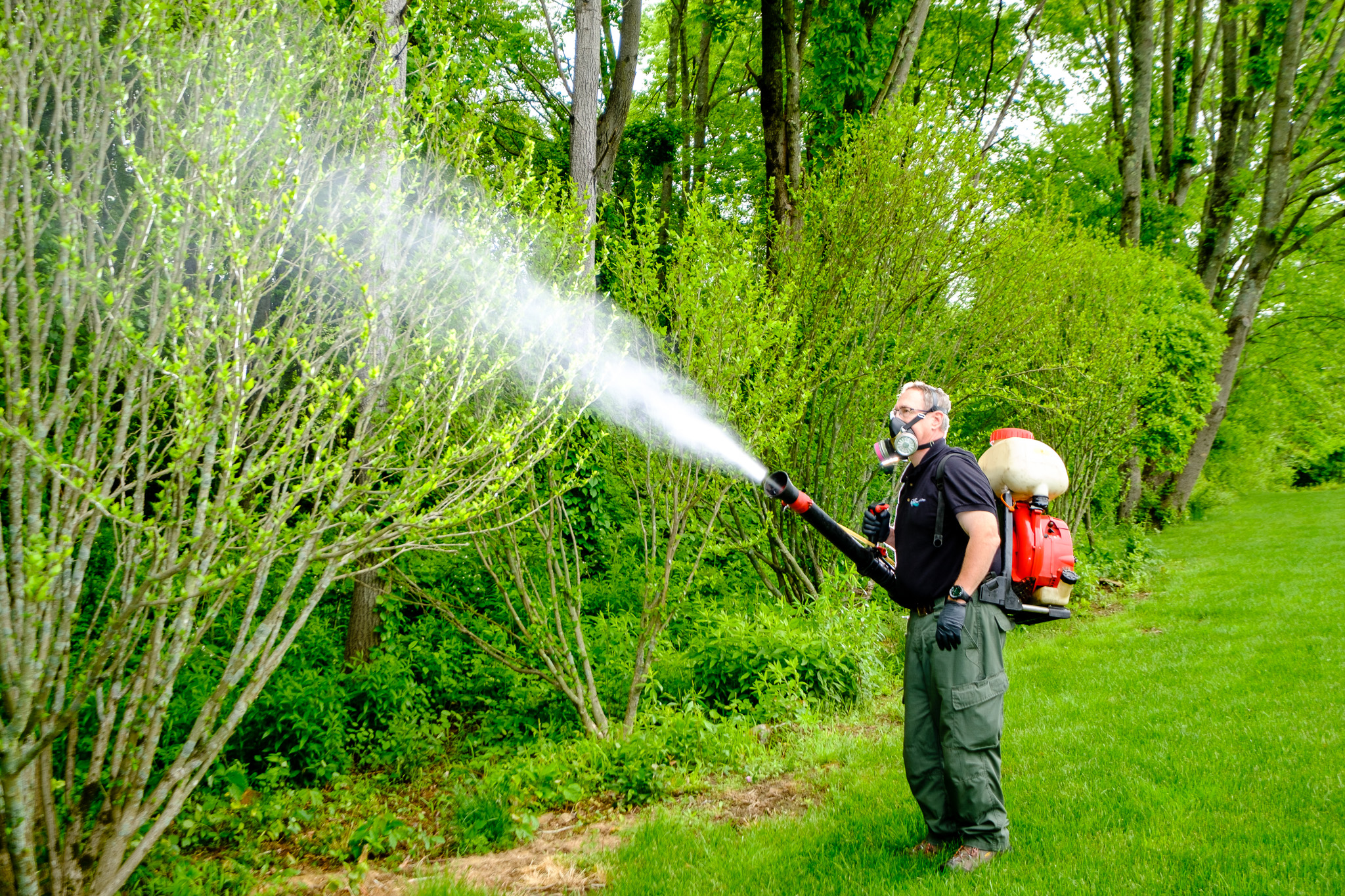How To Get Rid Of Ladybugs: A Comprehensive Guide For Wakefield, MA Homeowners

Pest Control Near Me
Welcome to F&W pest control. We offer a broad spectrum of MA pest control including general pest control services, wildlife removal and termite control. Our full array of services includes residential pest control services, commercial pest control and industrial pest control services. We also offer live trapping, complete bird control services and other effective nuisance wildlife solutions. We practice Integrated Pest Management (IPM) techniques to achieve optimal pest control in MA with minimal use of pesticides. We are here to help you rid your property of nuisance pests and give you back the peace of mind you deserve. Our services are tailored to your specific pest control needs whether you are looking for a one time service or year round protection.
If you live in the Wakefield, MA area, you may be familiar with the presence of ladybugs, or as they’re sometimes known, ?Asian lady beetles.? These insects may be cute but can be a nuisance when they enter homes in large numbers, causing allergies and irritation. But don’t give up yet! We’ve compiled this comprehensive guide on how to get rid of ladybugs and effectively manage your ladybug infestation. Keep reading to learn the tips and strategies that will help you take control of your infestation.
What Are Ladybugs?
Asian lady beetles, commonly referred to as ladybugs, are a species of beetle that are native to southern Asia but now can be found in most temperate regions, including the United States. They are generally regarded as one of the major beneficial insects in agricultural environments. Ladybugs are predators, meaning they feed on aphids and other pests that destroy crops.
The adults are about 2-3mm in length and usually have a bright red or orange color with black spots. Their larvae are worm-shaped and usually gray or black in color. The lifecycle of a ladybug typically lasts approximately one year. Female ladybugs lay hundreds of eggs in batches of 10-50 on aphid-infested plants. After hatching, the larvae feed on aphids and other soft-bodied insects. When they reach the pupal stage, they form a cocoon to protect themselves while they mature. The larvae will eventually emerge as adults and mate before beginning the cycle again.
Why Are Ladybugs a Nuisance?
While ladybugs are beneficial in agricultural environments, their presence in the house can be an annoyance. Ladybugs can enter homes or buildings through cracks in windows or doors, or simply fly in when the door is opened. This may be more of an issue in the fall months, as this is when ladybugs are most likely to seek shelter for the winter.
Inside the home, ladybugs gather in large numbers on walls, windows, and other surfaces, as well as furniture and fabrics. While they don’t typically bite humans, their accumulation can cause allergic reactions in some people and can also leave a stain when crushed. Additionally, ladybugs emit a foul odor when they are disturbed or crushed, which can be unpleasant. For these reasons, it’s important to take steps to get rid of ladybugs in your home.
How to Get Rid of Ladybugs
If you’re dealing with an infestation of ladybugs in your home, don’t panic! Follow these steps to effectively get rid of your ladybug problem.
1. Block Their Entry Points
The first step is to find and seal any cracks or crevices where the ladybugs could be entering your home. Take a look around windows, doors, and other openings’if you’re not sure, consider using a caulk gun to seal any potential entry points.
2. Vacuum Them Up
If you have a large number of ladybugs on walls, windows, or other surfaces, vacuuming them up can be an effective way to get rid of them. Be sure to empty your vacuum afterward to make sure the ladybugs don’t re-emerge.
3. Use Repellents
There are a number of natural repellents available that can help discourage ladybugs from entering your home. Consider sprinkling diatomaceous earth around potential entry points, or use essential oils (such as lemon eucalyptus oil) to keep ladybugs away.
4. Install Ultrasonic Repellents
If you want a more permanent solution, consider installing an ultrasonic repeller. These devices use sound waves to make your home unappealing to ladybugs, so they won’t even attempt to enter.
5. Call a Pest Control Professional
If the above steps don’t provide the desired results, it may be time to call a pest control professional. Professionals have access to tools and treatments that can effectively get rid of your ladybug problem.
Conclusion
Now you know the steps you can take to get rid of ladybugs in your home. With these tips and strategies, you can take control of your ladybug infestation and enjoy your home free from these pesky insects. If the problem persists, don’t hesitate to call a pest control professional for help.
Pest Control Near Me
Searching for an easy fix to your pest problems? Here at F&W Pest Control, our exterminators will treat an array of different pest issues including termites, bed bugs, mosquitoes, and more! Long-term protection is right at your reach with the help of our highly trained team of exterminators in the Greater Boston area. Don’t allow pests to take over your home, put your trust in our pest control services to ensure a pest-free home. With our help, you won’t have to spend any more free time implementing DIY extermination methods!


